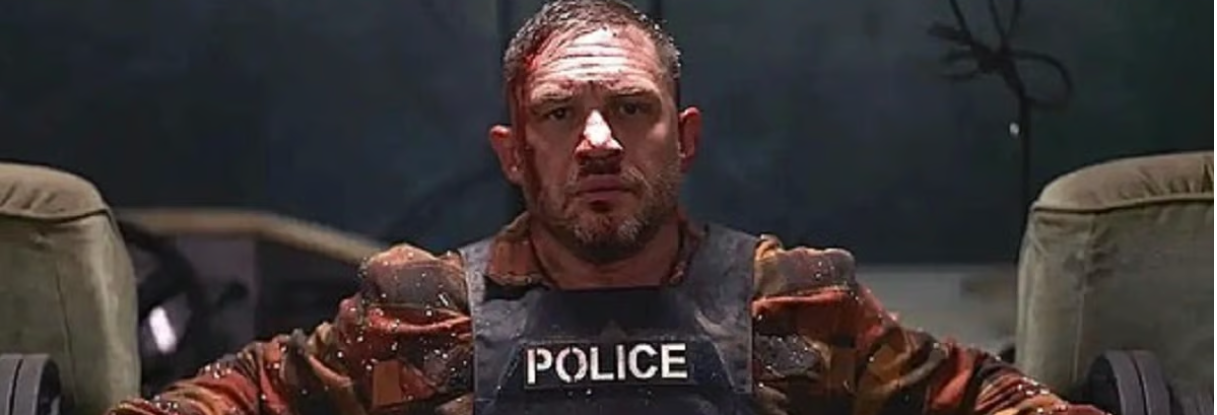The New York Times has published a lengthy profile on Martin Scorsese, written by Times reporter Dave Itzkoff.
We learn quite a few things in this piece, including Scorsese’s admission that after “Casino” he became “drained” by working for Hollywood studios because the director “inevitably found himself butting heads with studio executives who wanted the running times shortened.” The tensions reached peak point during the making of “The Aviator,” the director’s 2004 Howard Hughes drama.
“The last two weeks of editing and mixing ‘The Aviator,’ I said if this is the way you have to make films then I’m not going to do it anymore,” Scorsese said, adding that he was even ready to call it quits from filmmaking. “It’s like being in a bunker and you’re firing out in all directions. You begin to realize you’re not speaking the same language anymore, so you can’t make pictures anymore.”
Scorsese eventually started going back to independent financiers in order to maintain control over his movies.
Let’s take a moment and just purely theorize what happened post- “The Aviator,” mostly because Scorsese doesn’t tackle that part of his career in the NYT piece. He went back to the basics in 2006 with an unadorned mob movie (“The Departed”) which became the biggest hit of his career ($134M), 2010’s “Shutter Island” was another high-grosser as well ($127M).. That was followed by another highly successful movie “The Wolf of Wall Street” ($116M). So, right after Scorsese starts to wonder if he’ll ever make another picture again, he makes the three most successful films of his career
Of course, those three films were followed by “Silence,” which was an arthouse picture through and through and barely mustered a dent at the box-office ($7M). With this past year’s “The Irishman,” he was given full control by Netflix. He will, however, be going back to working with Hollywood studios with his next feature, the Paramount-backed “Killers of the Flower Moon,” which is set to start shooting this coming March.





